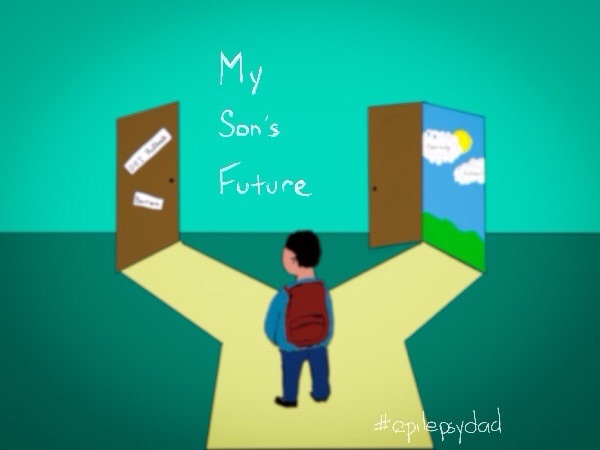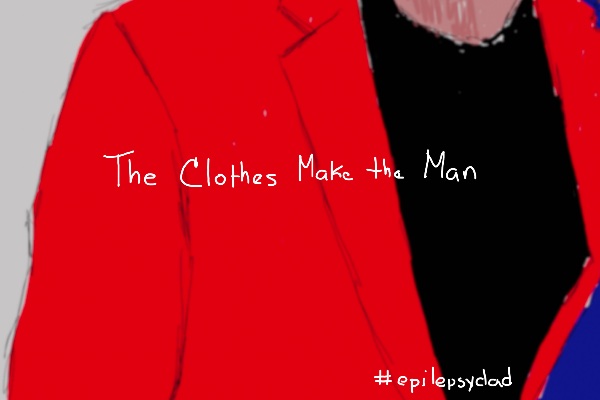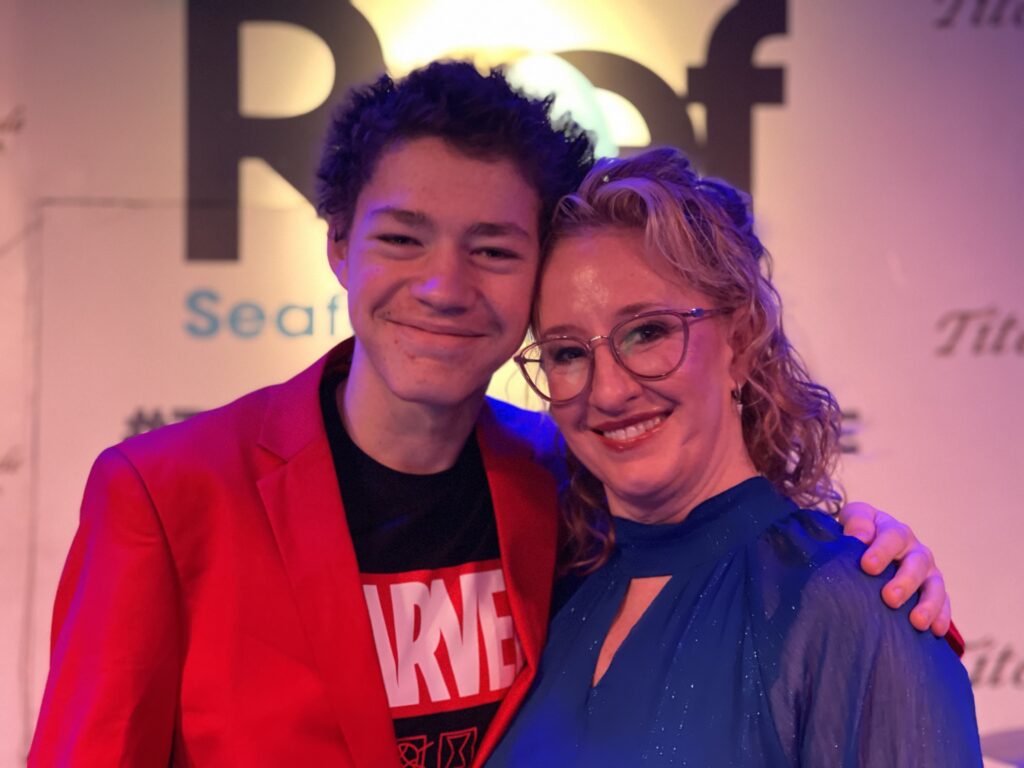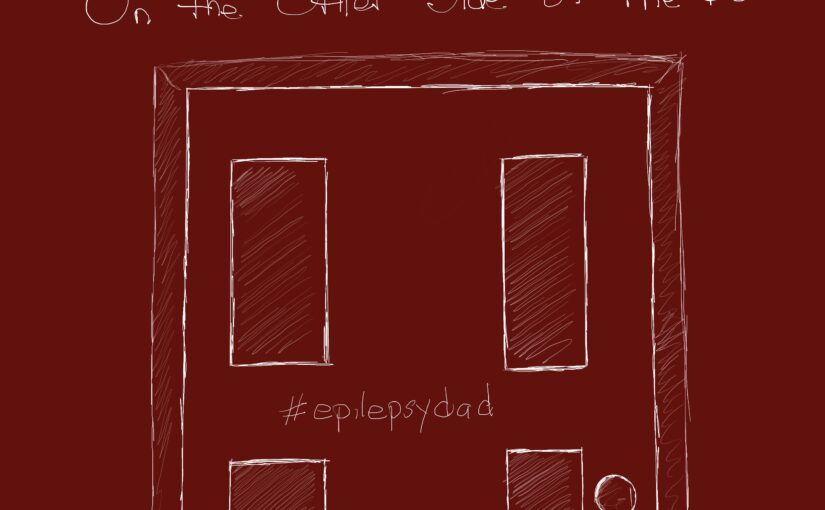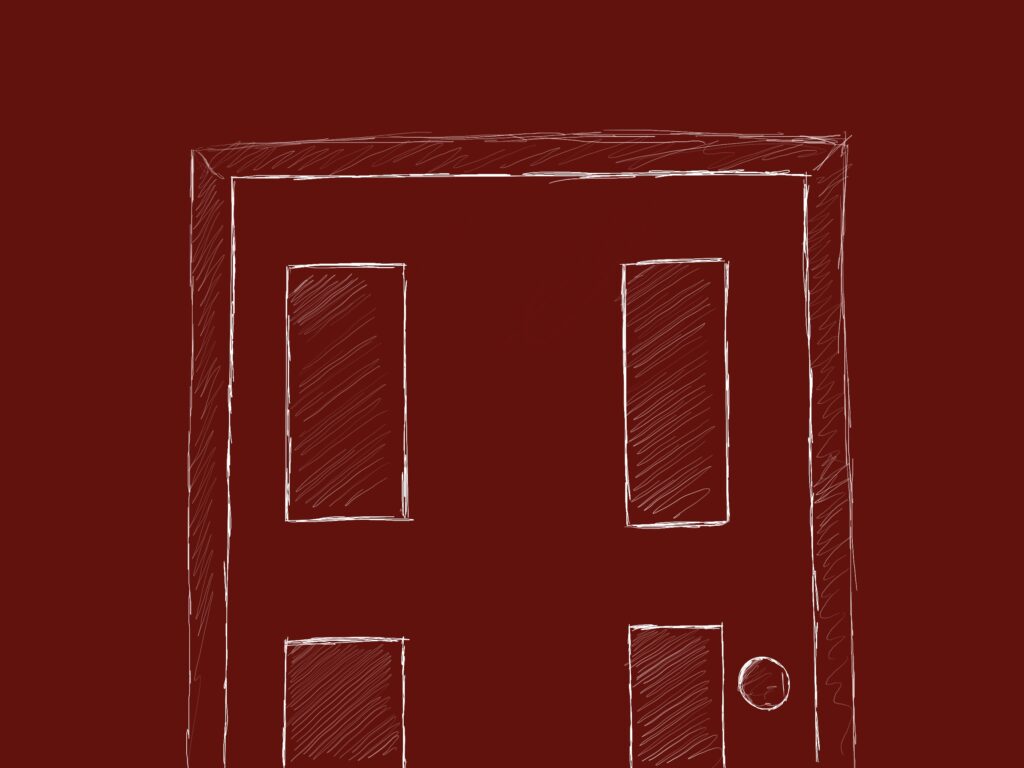Like many parents of children with epilepsy and neurodivergent diagnoses, my wife and I have spent years advocating for accommodations that help our son navigate a world that isn’t built for him.
At times, it felt as if it was us against the world. We would have to document, explain, and justify every request to provide our son an opportunity to thrive, not merely survive. While our journey has primarily been uphill, we have endured because our son deserves the same opportunities as everyone else.
It was encouraging to see Diversity, Equity, and Inclusion (DEI) initiatives take a more critical role in our society in the last few years. These initiatives create environments where all individuals—regardless of race, gender, disability, or background—have equal opportunities to reach their full potential.
Many DEI initiatives specifically address disability-related barriers, such as:
- Ensuring accessible workplaces and schools
- Promoting inclusive hiring practices
- Providing reasonable accommodations (e.g., flexible work arrangements, assistive technology)
- Educating organizations on disability awareness and reducing stigma
It made me feel like our uphill journey might level off and that these programs might help relieve some of our struggles and fears about our son’s future.
But then, Trump and MAGA happened.
In the first few weeks after the new administration took over, it has ordered the rollback of DEI policies meant to open doors that were unfairly closed, falsely equating diversity efforts with discrimination. The ACLU wrote, “In his first few days, President Donald Trump is undertaking a deliberate effort to obfuscate and weaponize civil rights laws that address discrimination and ensure everyone has a fair chance to compete, whether it’s for a job, a promotion, or an education.”
Without facts, they have blamed DEI initiatives for the devastating fires in California and, most recently, for the tragic crash between a military helicopter and a passenger jet in Washington, D.C. In a press briefing, they specifically called out part of the FAA’s DEI plan that included hiring people with disabilities, including neurodivergence and epilepsy.
Let’s be clear: Accommodating neurodivergent people did not cause a plane crash, just as supporting people of color or the LGBTQ community did not start a wildfire.
But the messaging, pandering to the MAGA base, aims to create an environment where rolling back protections and opportunities for communities who have been discriminated against, marginalized, and disenfranchised for so long becomes acceptable, even necessary.
The Trump administration’s latest rollback of DEI initiatives isn’t just another political move—it’s a direct assault on people like my son. And it’s not limited to government institutions. By removing federal funding for DEI initiatives and rolling back the requirement for companies doing business with the government to have standards that address and prevent bias, the administration is bullying corporations to abandon or alter their DEI programs.
DEI initiatives aren’t some abstract concept, and these aren’t abstract policy changes. This administration’s actions aren’t just about politics. They’re about real people—our children, families, and futures. They’re about my son’s future. I’ve fought too hard for his right to an education, to be safe at work one day, and to live in a society that values him as a complete person.
For families like mine, these programs are lifelines, offering hope and opportunity in a world that often feels stacked against us. Rolling back these protections isn’t just a policy change; it’s a betrayal of the progress we’ve fought so hard to achieve. My son and countless others like him deserve a future where they are valued, included, and given the chance to thrive. We cannot let these initiatives be dismantled without a fight. As parents, advocates, and allies, we must stand together, raise our voices, and demand a society that embraces diversity, equity, and inclusion.
The stakes are too high to stay silent.
